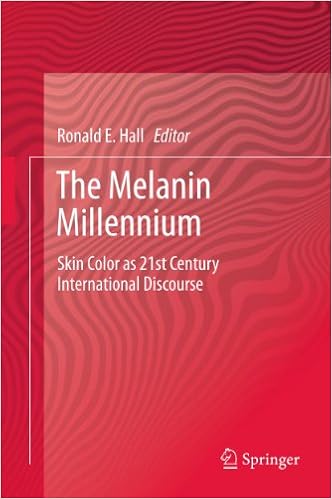Racial Categorization of Multiracial Children in SchoolsPosted in Books, Media Archive, Monographs, Politics/Public Policy on 2013-03-22 17:06Z by Steven |
Racial Categorization of Multiracial Children in Schools
Praeger Publishing
May 1998
176 pages
5 1/2×8 1/2
Hardcover ISBN: 978-0-89789-499-9
eBook ISBN: 978-0-313-00565-7
Jane Ayers Chiong
Multiracial students have unique needs that are not being met in schools, because teachers and school personnel assume that those needs are the same as those of monoracial minority children. Children of multiple races are, in fact, invisible in the schools. On school and federal forms, they are racially categorized based on one race only, and such categorizations are not limited to documents. Schools and teachers may unknowingly transmit monoracial identity messages to multiracial students, which is problematic for some students who may want to identify with more than one race. Our racial categorization process reflects the deficiencies of the concept of race in American culture and needs to be renegotiated.
The multiracial child is a microcosm of the American cultural identity. Current racial categorization of multiracial children reflects a society that is still renegotiating its own racial and ethnic identities, and these children bear the burdens of the difficulties. As America continues to become increasingly populated by diverse peoples, what it means to be American is in transition. Americans are moving away from a fixed notion of the American cultural identity toward an expanded, more inclusive resolution.
Contents
- Series Foreword by Henry A. Giroux
- Preface
- Acknowledgments
- 1. Do the Schools Make Racial Identity Problematic for Multiracial Children?
- 2. Mixed Not Messed
- 3. Language: Instruments of Identity
- 4. How Our School and Federal Documents Frame Racial Identity
- 5. How Our School Culture Frames Racial Identity
- 6. Inclusion: Making the Invisible Visible
- Afterword
- Appendix A: School Forms
- Appendix B: Federal Documents
- Appendix C: Checklist of School Services for Multiracial Students
- Further Reading
- Bibliography
- Index







